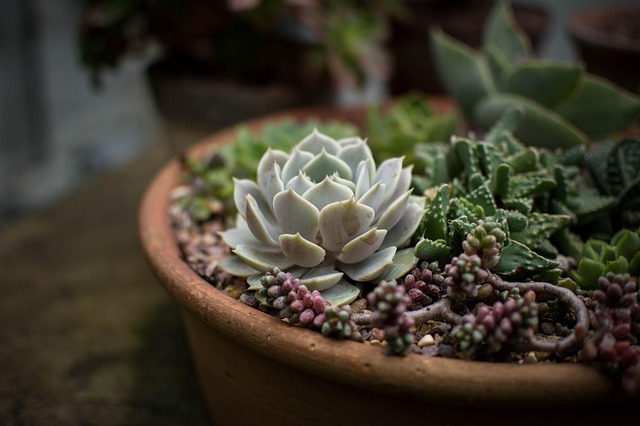In our fast-paced, modern world, the connection to nature often seems distant. Yet, the movement towards creating ecological synergistic gardens invites us back into an embrace with the natural realm. Imagine stepping into a vibrantly productive garden that need not rely on harsh chemicals or extensive artificial inputs, thriving instead on the harmony that arises from nature itself.
Creating an ecological synergistic garden is not just about planting vegetables and fruits; it’s about cultivating an environment that promotes biodiversity, respects the delicate balance of local ecosystems, and fosters a deep-rooted appreciation for the earth. This approach to gardening integrates various elements—plants, insects, soil, and climate—creating a living tapestry that is resilient and self-sustaining.
When designing your garden, envision a layout that allows different species to thrive together. Companion planting is a key strategy in these gardens. Certain plants work better together—like tomatoes and basil—supporting each other’s growth while naturally deterring pests. This ecological principle not only yields more fruits and vegetables but also enhances the overall health of the garden.
Consider including a diversity of plants that attract beneficial insects and pollinators. Flowers like marigolds and sunflowers not only add beauty to your garden but also invite bees and beneficial predatory insects that reduce pest populations. By fostering a rich ecosystem, you create a vibrant environment that mirrors the green landscapes of nature, inviting a sense of peace and balance.
Water management is another essential component of an ecological synergistic garden. Rainwater harvesting, drip irrigation, and gray water recycling are all practices that can help conserve one of our most precious resources. By using methods that reduce water usage, you contribute to a greener environment while also nurturing your plants with the care they need.
Don’t forget the importance of soil health. Incorporating organic matter, such as compost and mulch, boosts soil fertility while sequestering carbon—helping combat climate change. By focusing on building a thriving soil ecosystem, you create a strong foundation for your plants, allowing them to flourish naturally without synthetic fertilizers.
Finally, think about sustainability beyond the garden limits. Consider how your gardening practices can impact the broader environment. Choose native plants that require less water and support local wildlife. Creating ecological synergistic gardens not only benefits your personal space but can also contribute positively to regional biodiversity and encourage community collaboration.
Harmonizing nature in our gardens takes effort and intention, but the rewards—a lush, productive landscape that thrives on its own—are unparalleled. By embracing the principles of ecological synergistic gardening, you can cultivate a space that mirrors nature’s design, fostering both personal growth and environmental well-being.

